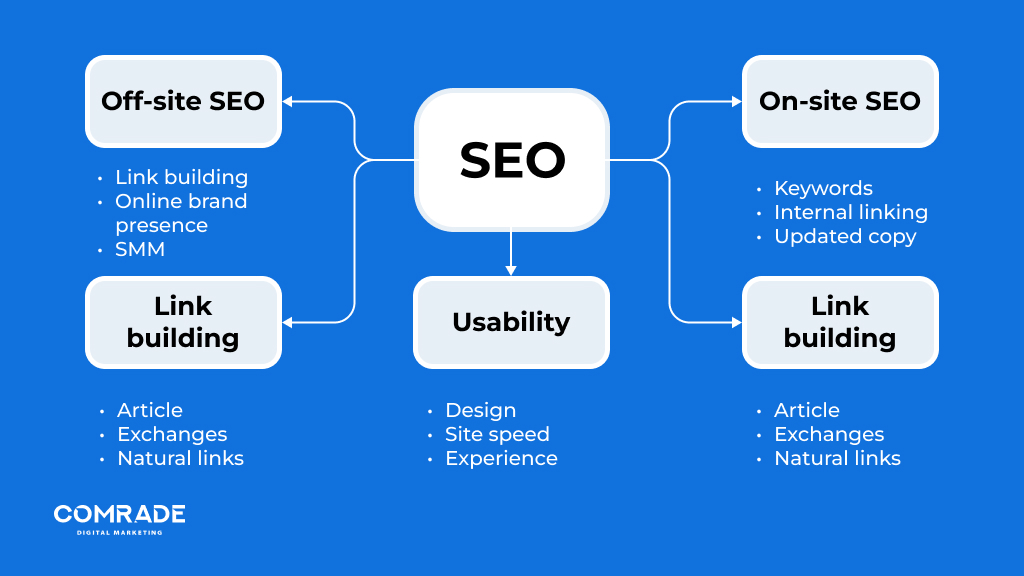Comprehending What Is Ruled Out a Default Medium in Google Analytics: Insights
Comprehending What Is Ruled Out a Default Medium in Google Analytics: Insights
Blog Article
Revealing the Unconventional Mediums in Google Analytics Beyond Default Setups
In the world of electronic analytics, Google Analytics stands as a foundation for businesses seeking to understand their on-line presence. By venturing beyond the surface area and diving right into the details of social media information, e-mail campaign efficiency, referral website traffic resources, direct web traffic patterns, and personalized network groupings, a prize trove of info waits for those prepared to accept a much more nuanced strategy.

Leveraging Social Media Insights
Periodically overlooked, yet exceptionally beneficial, is the practice of leveraging social networks insights within the realm of Google Analytics. By integrating information from systems like Facebook, Twitter, Instagram, and LinkedIn right into Google Analytics, companies can get a much deeper understanding of their audience and the effectiveness of their social media campaigns.
With this assimilation, marketing professionals can track and evaluate customer actions on their site that stems from social media sites systems. They can identify which social media sites channels are driving the most traffic, which material is resonating with the target market, and which campaigns are converting the most leads. This understanding enables data-driven choices to enhance social media methods and improve overall marketing efficiency.
In addition, by incorporating social media insights with Google Analytics, services can create a lot more targeted and personalized campaigns - what is not considered a default medium in google analytics. They can utilize group info, rate of interests, and on-line behaviors collected from social media to improve their audience segmentation and provide tailored messages that resonate with certain client groups. This targeted technique can cause greater engagement, increased conversions, and inevitably, enhanced roi
Discovering Email Project Performance
Uncovering Email Campaign Efficiency entails evaluating essential metrics and efficiency indicators to evaluate the performance of e-mail marketing initiatives. When diving right into email project efficiency, it is essential to evaluate metrics such as open prices, click-through rates, conversion rates, and unsubscribe rates. Open up rates suggest the percent of recipients that opened up the e-mail, giving insight right into the effectiveness of subject lines and sender names. Click-through rates gauge the percent of recipients who clicked on links within the e-mail, revealing interaction levels. Conversion rates track the percentage of receivers that completed a wanted activity after clicking a web link in the email, such as buying or signing up for a newsletter. Lastly, unsubscribe rates highlight the variety of receivers that pulled out of receiving further e-mails, clarifying e-mail content top quality and importance. By assessing these metrics, marketing professionals can fine-tune their e-mail campaigns for far better interaction and efficiency.
Studying Reference Web Traffic Sources
After examining the performance of e-mail campaigns via crucial metrics such as open prices and conversion rates, the following important action is analyzing reference website traffic sources in Google Analytics to understand where website visitors are coming from and exactly how they interact with the website. Referral web traffic sources describe the websites that guide individuals to your website with clickable links. By diving into this information, organizations can obtain insights right into which external systems are driving web traffic to their website, whether it be social media sites systems, companion internet sites, or on the internet directories.
Assessing referral website traffic can provide valuable information on the efficiency of outside marketing initiatives and collaborations. It assists companies determine high-performing recommendation resources that contribute considerably to site traffic and conversions. Moreover, by comprehending the habits of visitors originating from various referral sources, businesses can customize their marketing strategies to enhance interaction and conversions. Google Analytics offers detailed reports on recommendation web traffic, enabling organizations to track the efficiency of each referral source precisely and make data-driven choices to improve their online visibility.
Discovering Straight Traffic Patterns
Discovering the straight website traffic patterns in Google Analytics supplies useful insights into user behavior and the performance of projects - what is not considered a default medium in google analytics. Direct website traffic describes site visitors that come down on an internet site by straight keying the URL into their internet browser, utilizing book markings, or clicking untagged web links. Recognizing direct traffic patterns can assist marketers review the impact of offline marketing efforts, brand name recognition, and the performance of word-of-mouth references
By delving right into direct website traffic data, businesses can uncover important information regarding customer intent and brand loyalty. Assessing the actions of direct site visitors, such as the pages they see, the time invested in site, and the conversion price, can supply a deeper understanding of customer interaction and the general effectiveness of the website in transforming visitors into consumers.
Moreover, tracking straight website traffic patterns gradually permits services to determine fads, seasonality results, and the success of specific campaigns or promotions in driving direct check outs. This details can after that be see post utilized to improve advertising strategies, optimize website content, and boost the general individual experience to optimize conversions.
Utilizing Custom Channel Groupings
Using personalized channel groups in Google Analytics enables services to categorize and analyze their site web traffic based upon particular requirements, providing useful insights for maximizing advertising approaches. Customized network collections enable firms to produce their own customized groups of web traffic resources, such as social networks, natural search, email campaigns, and referral website traffic. By defining these collections, businesses can gain a much deeper understanding of just how different advertising channels add to their internet site traffic and conversions.
This feature is specifically useful for services with Learn More Here diverse advertising and marketing techniques throughout various platforms. As an example, a company running both paid and organic social networks campaigns can distinguish in between the 2 to assess their individual efficiency properly. In addition, personalized channel collections can assist recognize any kind of overlooked or ignored website traffic sources that might be driving beneficial involvement.
Final Thought

By venturing beyond the surface area and delving into the complexities of social media information, e-mail campaign performance, reference web traffic resources, straight web traffic patterns, and custom-made network groups, a prize trove of information waits for those eager to accept a more nuanced strategy. They can recognize which social media channels are driving the most traffic, which material is resonating with the audience, and which projects are converting the most leads.After evaluating the efficiency of e-mail campaigns via key metrics such as open prices and conversion prices, the following crucial action is examining referral website traffic sources in Google Analytics to comprehend where internet site site visitors are coming from and just how they engage with the website. Custom-made channel groupings make it possible for companies to create their very own customized groupings of website traffic resources, such as social media, organic search, email campaigns, and referral traffic. By leveraging social media insights, revealing click site e-mail campaign performance, examining recommendation web traffic sources, exploring straight web traffic patterns, and using custom-made network collections, online marketers can obtain important understandings right into their online existence.
Report this page